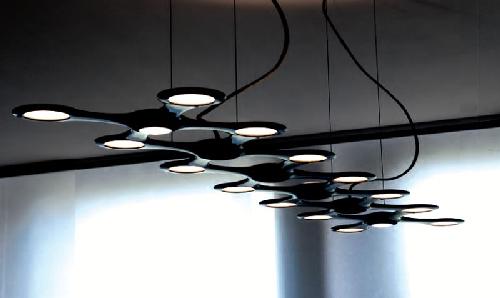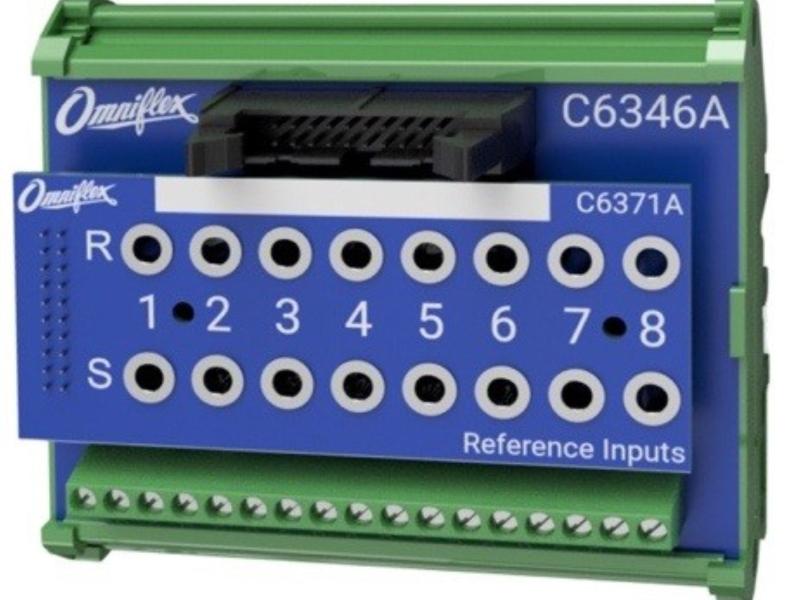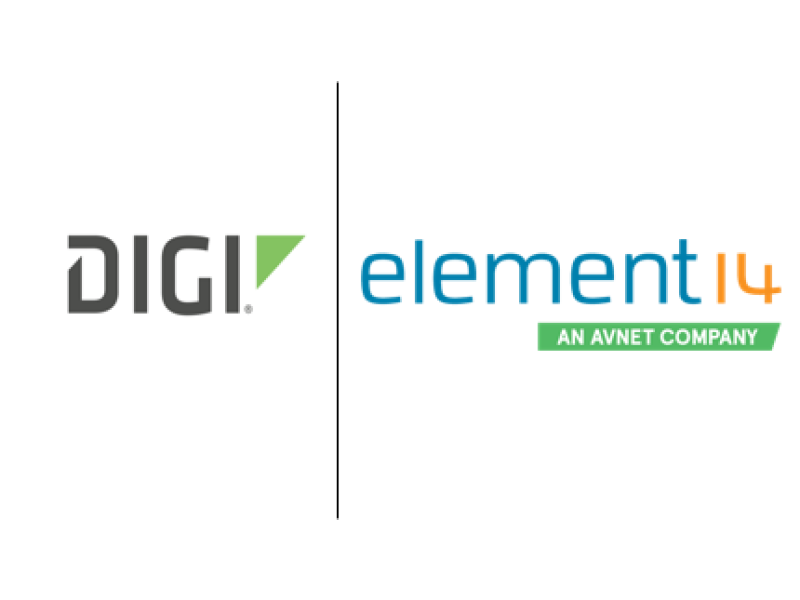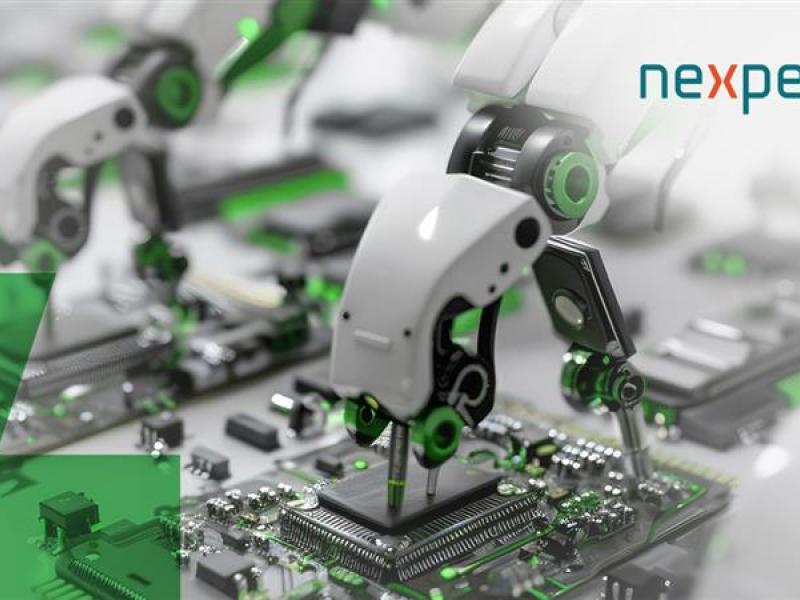How many of you have heard of, or maybe even seen an OLED? An OLED, or organic light emitting diode can best be described as a solid-state device composed of thin films of organic molecules that create light when voltage is applied to the device.
Amazingly, an OLED is only 100 to 500 nanometres thick, or about 200 times smaller than a human hair. OLEDs use red, green and blue diodes to produce colour images that can provide brighter, crisper displays on electronic devices and use less power than conventional light-emitting diodes (LEDs) or liquid crystal displays (LCDs) that are commonly used today.
An OLED is generally made up of six parts:
• Substrate – the base of the OLED and made of clear plastic, glass or foil.
• Anode – the positive terminal
• Conducting layer – composed of organic plastic molecules or polymers.
• Emissive layer – composed of organic plastic molecules or polymers and layer where light is formed.
• Cathode – the negative terminal.
• Seal – protective covering of glass or plastic.
A voltage is applied across the OLED by connecting the cathode and anode plates to a power supply. This results in the cathode receiving and the anode losing electrons. Electrons in the atoms of the anode move resulting in a flow of current across the OLED circuit and causing the anode to be depleted of electrons. This can be thought of as creating positive holes or the anode receiving ‘holes’.
The additional electrons in the cathode cause the emissive layer to become negatively charged (increase in electrons). Similarly, the conductive layer next to the anode becomes positively charged (increase in holes).
The holes jump across the boundary, between the conductive and the emissive layer, and combine with the excess electrons in the emissive layer. When this happens, it forms a burst of light. The process occurs continuously and generates a steady stream of light, as long as a voltage is applied to the OLED.
The type of organic molecules used in the emissive layer will determine the colour of the light produced. Several types of organic films are placed on the same OLED to make the colour displays.
The intensity or brightness of the light can then be adjusted based on the amount of electrical current applied; the more current that is applied, the brighter the light.
Types of OLEDs
There are a variety of OLED technologies, each with its advantages and disadvantages depending on use and application.
PMOLED – Passive matrix OLED. This type of OLED is primarily used to display text and icons on small screens found on a cellphone, PDA or MP3 player.
AMOLED – Active matrix OLED. This type of OLED provides better response and colour as it requires less power than PMOLEDs and has faster refresh rates. Likely applications include computer monitors and items with larger display sizes such as large screen televisions, electronic signs and billboards.
TOLED – Transparent OLED. These have only transparent components and when turned off, are up to 85 percent as transparent as their substrate. These are used in heads up displays (HUDs) and windshield type displays.
FOLED – Foldable or flexible OLED
The FOLED is built onto a plastic substrate that is flexible so this product is lightweight, unbreakable and foldable. One unique anticipated use is sewing FOLEDs into clothing so a person can wear a computer and display content.
WOLED – White OLED. This device can produce white light more efficiently than fluorescent lighting. It may eventually become a replacement for lighting used in commercial buildings and homes since it can be made into large, thin sheets.
Some of the OLED manufacturing processes are similar to those found in semiconductor or photovoltaic fabrication. OLED manufacturing tends to be less hazardous and unlikely to encounter uses of pyrophoric gases, flammable and highly corrosive gases/liquids or hazardous metals in the production process. The most critical part of manufacturing OLEDs is applying the organic layers to the substrate.
Global shipments of OLEDs totalled US$3.2bn in 2011 and are projected to reach $4.9bn in 2014. The increase in demand is primarily due to displays used in tablets, computers and televisions, with some growth in white-emitting OLED panels for lighting.
By 2017, BCC Research has forecasted that global shipments of OLEDs will exceed $20bn. That would be a five-year compound annual growth rate of 33 percent. Displays will continue to be the largest segment and account for 96 percent or $19.6bn by 2017. Lighting currently accounts for minimal revenue, but is expected to grow to $700m by 2017.
OLED technology has many current uses and offers a wide range of opportunities in the years ahead. OLEDs have already been used for digital displays in common electronic devices such as television screens, computer monitors and digital cameras, and can be found in portable systems like mobile phones, handheld game consoles and PDAs. In addition, the automobile industry may be one of the more proactive industries regarding use of OLEDs. Potential uses for OLED displays and lighting in cars include dashboard displays, windshield transparent OLED, internal lighting, digital rear-view internal mirror and back-window alerts, and messaging.
In September 2011, Kia introduced a new concept car that used a very smart system for the dashboard display. It consisted of three layers of transparent OLED panels to create a unique 3D display presenting the instrument data, entertainment information and navigation system. Then in March 2012, Audi displayed a concept car that uses OLED lighting panels to create rear lights, turn indicators, external lighted “decorations” and even a large display to show information to the driver behind you.
In the field of medical devices, Sony is now marketing the first and only OLED monitor with FDA approval for use in surgery. The higher contrast and quality colour reproduction of the OLED monitor versus the LCD is intended to help surgeons finish operations faster and with fewer mistakes.
OLED-based lighting for both residential and commercial applications is an anticipated future use. OLEDs may end up being the preferred illumination source due to the following desirable characteristics:
• Energy efficiency.
• Low-heat generation.
• Slim and lightweight.
• Flexibility if used with a plastic substrate.
• Environmentally friendly.
There are sample OLED lighting panels and an OLED desk lamp on the market today but they are currently very expensive. Actual commercial production is expected within the year.
Advancements in the field of OLEDs are rapidly leading to new applications in heads-up displays, automotive dashboards, billboard type displays, home and office lighting, flexible displays, and even a newspaper.
Since the OLEDs can refresh almost 1,000 times faster than LCDs, a device with an OLED display can provide text, graphics and images with much better contrast and colour reproduction so the term “high definition” may take on a whole new meaning. Stay tuned as new applications of this fascinating technology continue to be discovered and introduced.
Robert Morris is a risk control technology specialist at onebeacontech.com






